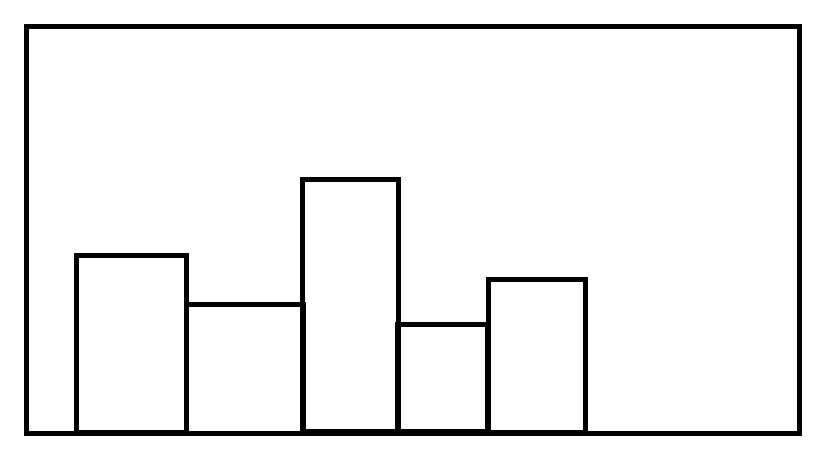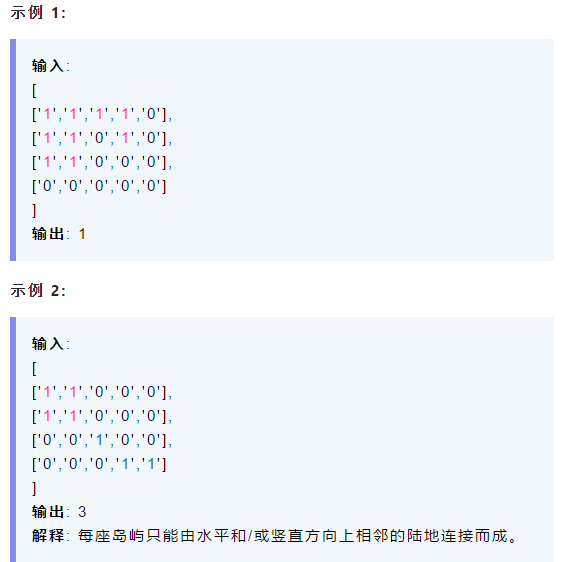1
2
3
4
5
6
7
8
9
10
11
12
13
14
15
16
17
18
19
20
21
22
23
24
25
26
27
28
29
30
31
32
33
34
35
36
37
38
39
40
41
42
43
44
45
46
47
48
49
50
51
52
53
54
55
56
57
58
59
60
61
62
63
64
65
66
67
68
69
70
71
72
73
74
75
76
77
78
79
80
81
82
83
84
85
86
87
88
89
90
91
92
93
|
#include<bits/stdc++.h>
using namespace std;
typedef long long ll;
const int mod=99999999;
struct matrix
{
ll a[8][8];
};
matrix multiply(matrix x,matrix y,int m,int n,int s)
{
matrix tmp;
memset(tmp.a,0,sizeof(tmp.a));
for(int i=0;i<m;i++){
for(int j=0;j<n;j++){
for(int k=0;k<s;k++){
tmp.a[i][j]=(tmp.a[i][j] + (x.a[i][k] * y.a[k][j])%mod)%mod;
}
}
}
return tmp;
}
matrix tmp={
0,1,1,0,0,0,0,0,
1,0,0,1,0,0,0,0,
0,0,0,0,1,0,0,0,
0,0,0,0,0,1,0,0,
2,3,0,0,0,0,0,0,
0,2,0,0,0,0,0,0,
1,0,0,0,0,0,1,0,
0,1,0,0,0,0,0,1
};
int main()
{
matrix res;
ll f[8]={6,5,1,4,2,3,5,3};
ll sum1,sum2,n;
memset(res.a,0,sizeof(res.a));
for(int i=0;i<8;i++){
res.a[i][i]=1;
}
cin>>n;
if(n==1)
cout<<"2"<<endl<<"3"<<endl;
if(n==2)
cout<<"1"<<endl<<"4"<<endl;
if(n==3)
cout<<"6"<<endl<<"5"<<endl;
if(n>=4){
n-=3;
while(n)
{
if(n&1) res=multiply(res,tmp,8,8,8);
n>>=1;
tmp=multiply(tmp,tmp,8,8,8);
}
sum1=0;
sum2=0;
for(int i=0;i<8;i++)
{
sum1=(sum1+(f[i]*res.a[i][0])%mod)%mod;
sum2=(sum2+(f[i]*res.a[i][1])%mod)%mod;
}
cout<<sum1<<endl;
cout<<sum2<<endl;
}
return 0;
}
|


